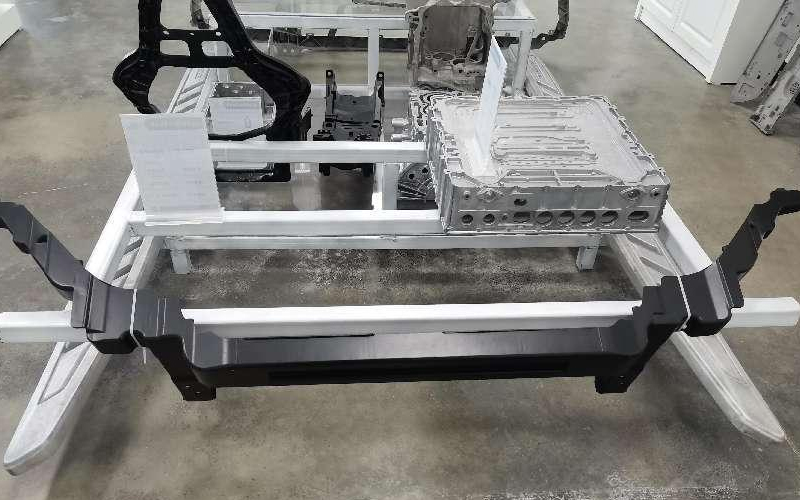Die casting is a manufacturing process used to produce complex shapes made of metal parts. It is a widely used technique in the production of a variety of metal parts, from small components to large structures. The process involves pouring molten metal into a mold cavity, where it solidifies and takes the shape of the mold.
The quality of the final product depends on the quality of the die casting mold used in the process. A well-designed and properly constructed mold can ensure a high degree of accuracy, precision, and consistency in the cast parts. In this article, we will discuss the key factors that contribute to the creation of an effective die casting mold.
1. Material Selection
The first step in creating an effective die casting mold is to select the appropriate material for the mold. The most commonly used materials for die casting molds are steel and aluminum. Steel is preferred for large production runs because of its durability and resistance to wear and tear. Aluminum is preferred for smaller production runs because it is lighter and easier to machine.
2. Mold Design
The next step is to design the mold. The mold design should take into account the size, shape, and complexity of the part being cast. The mold should also be designed to ensure proper cooling and venting, as well as to prevent any air pockets or porosity in the cast part. The mold design should be done using computer-aided design (CAD) software, which can simulate the casting process and identify any potential issues before the mold is constructed.
3. Mold Construction
Once the mold design is complete, the mold can be constructed. The mold construction process involves cutting, machining, and assembling the mold components. The mold components are usually made from steel or aluminum and are precision-machined to ensure a tight fit and to prevent any leaks or defects in the cast part.

4. Mold Maintenance
After the mold is constructed, it needs to be properly maintained to ensure its longevity and effectiveness. Regular maintenance includes cleaning the mold after each casting cycle, inspecting the mold for any wear or damage, and repairing or replacing any damaged components. Proper maintenance can extend the life of the mold and ensure consistent quality in the cast parts.
5. Quality Control
Finally, quality control is critical to ensuring the effectiveness of the die casting mold. Quality control involves inspecting the cast parts for any defects or imperfections, measuring the dimensions of the cast parts to ensure accuracy, and testing the mechanical properties of the cast parts to ensure they meet the required specifications. Any defects or issues should be identified and addressed as soon as possible to prevent any further production problems.
In conclusion, creating an effective die casting mold requires careful consideration of several factors, including material selection, mold design, mold construction, mold maintenance, and quality control. By following these steps, manufacturers can achieve a high degree of accuracy, precision, and consistency in their die casting process and produce high-quality parts with ease.
-

- Custom-made die casting parts&comopnents for bicycle suspension fork for MTB
-

- Magnesium foundry parts Steering column
-

- OEM komponenty tlakového lití pro automobilový rám sedadla
-

- Elektrické kolo z hořčíkové slitiny 12palcové integrované kolo 36v10ah elektrický moped
-

- Tixomulační komponenty z hořčíkové slitiny
-

- Díly a komponenty ze slitiny hořčíku pro elektrokola

 0086-750-5616188
0086-750-5616188 +86 13392089688
+86 13392089688 sales@zhongmei-tech.com
sales@zhongmei-tech.com







